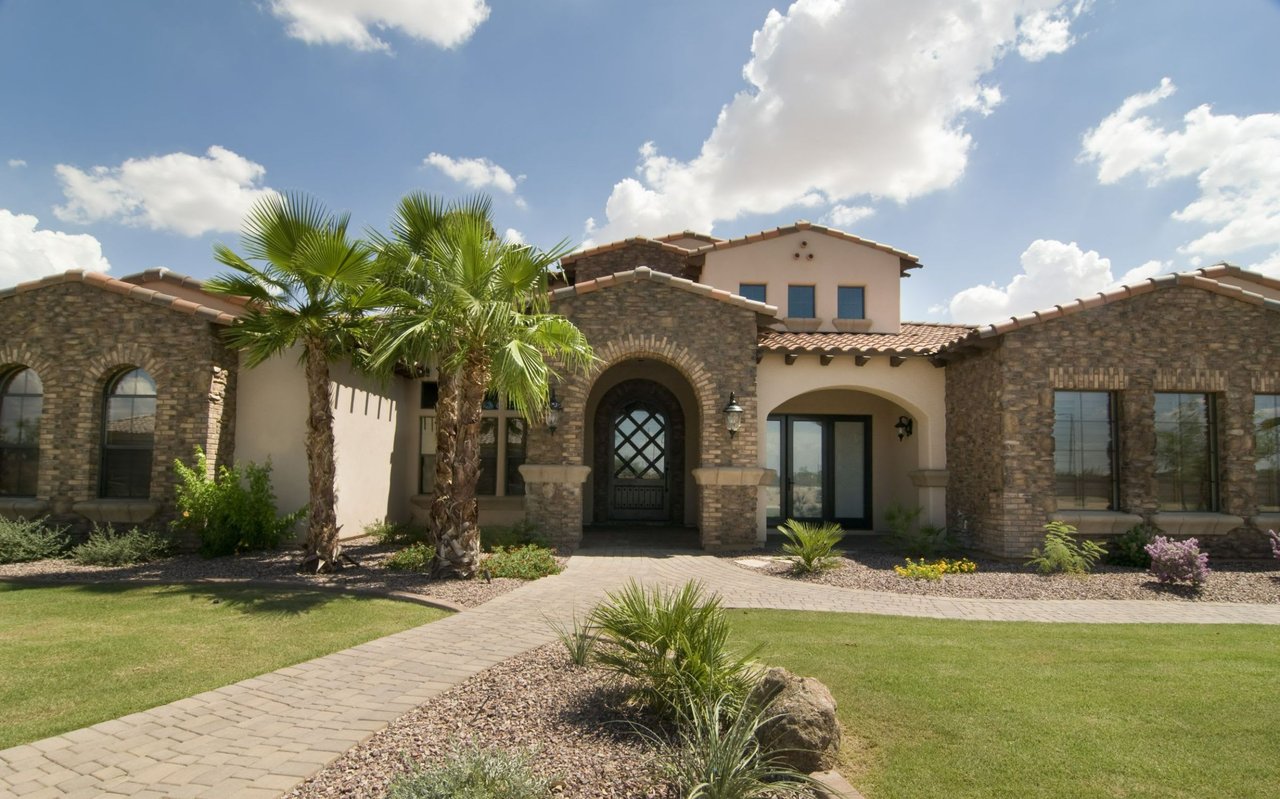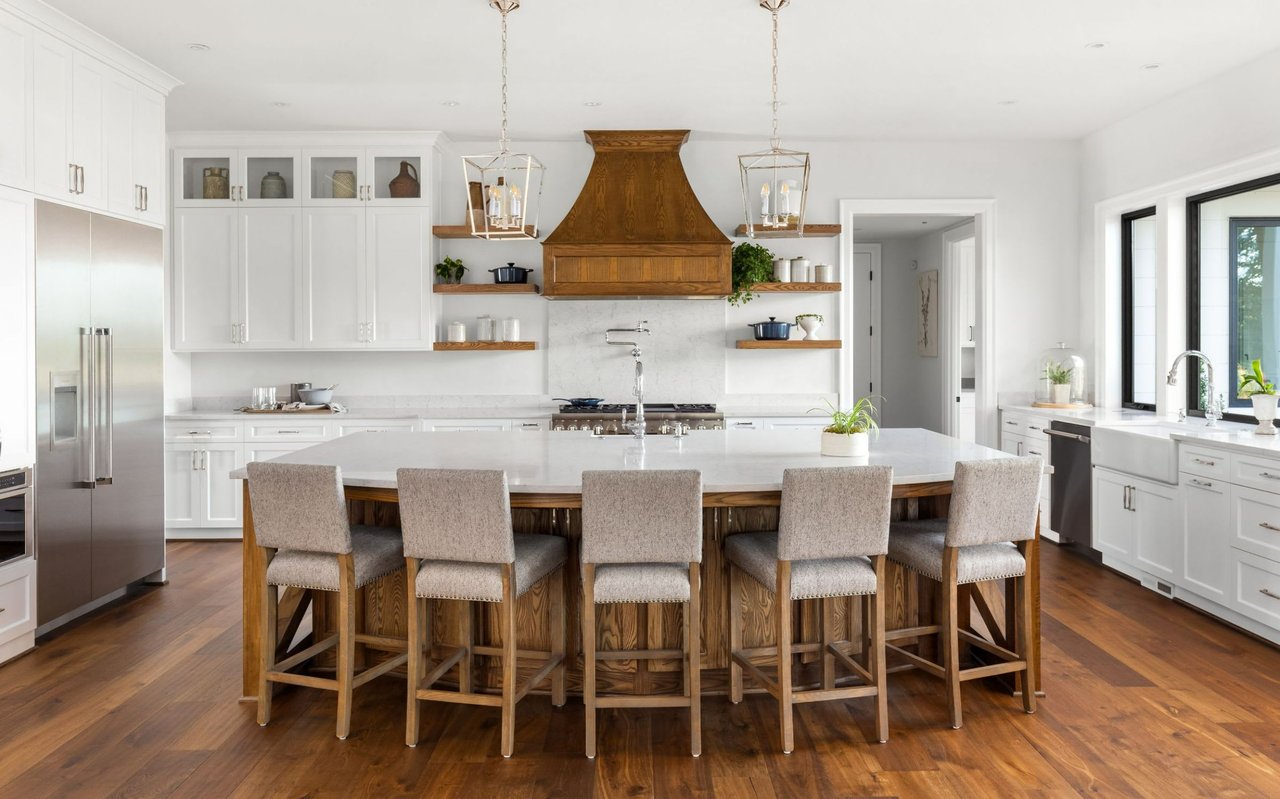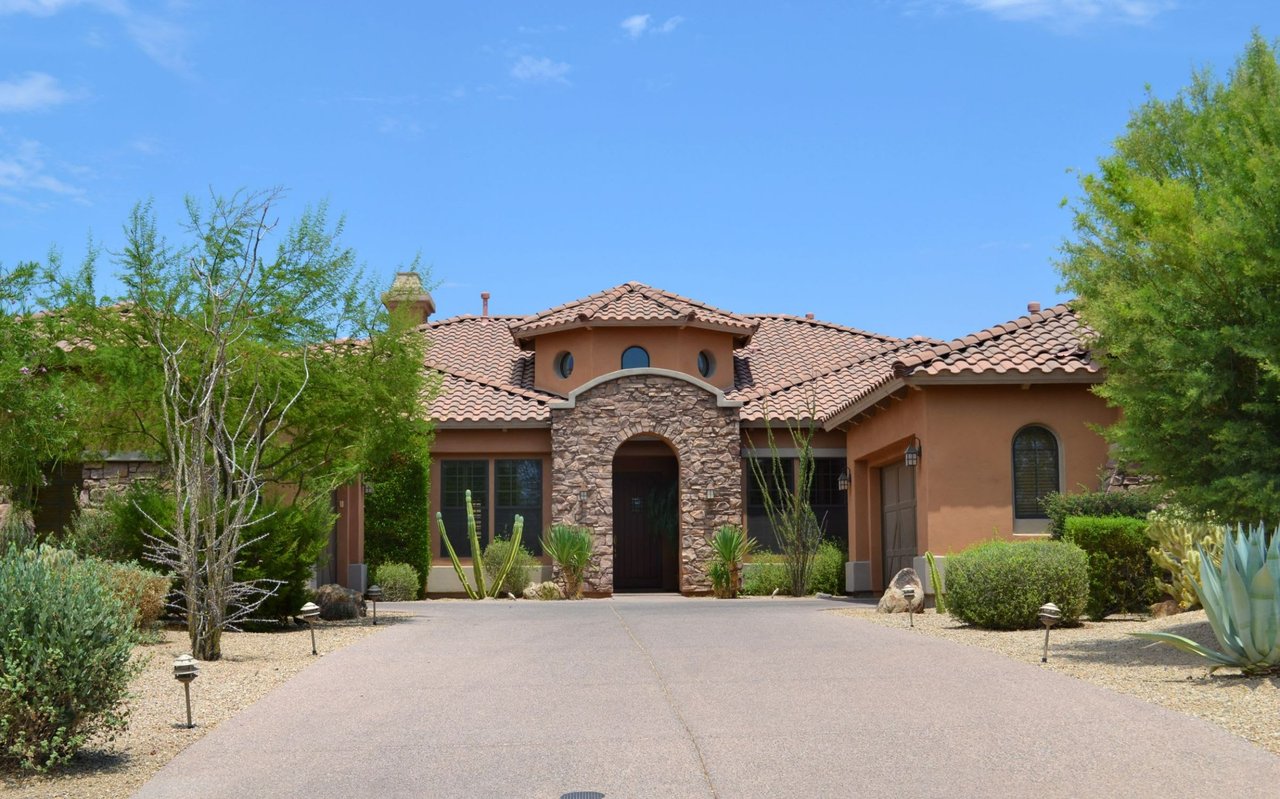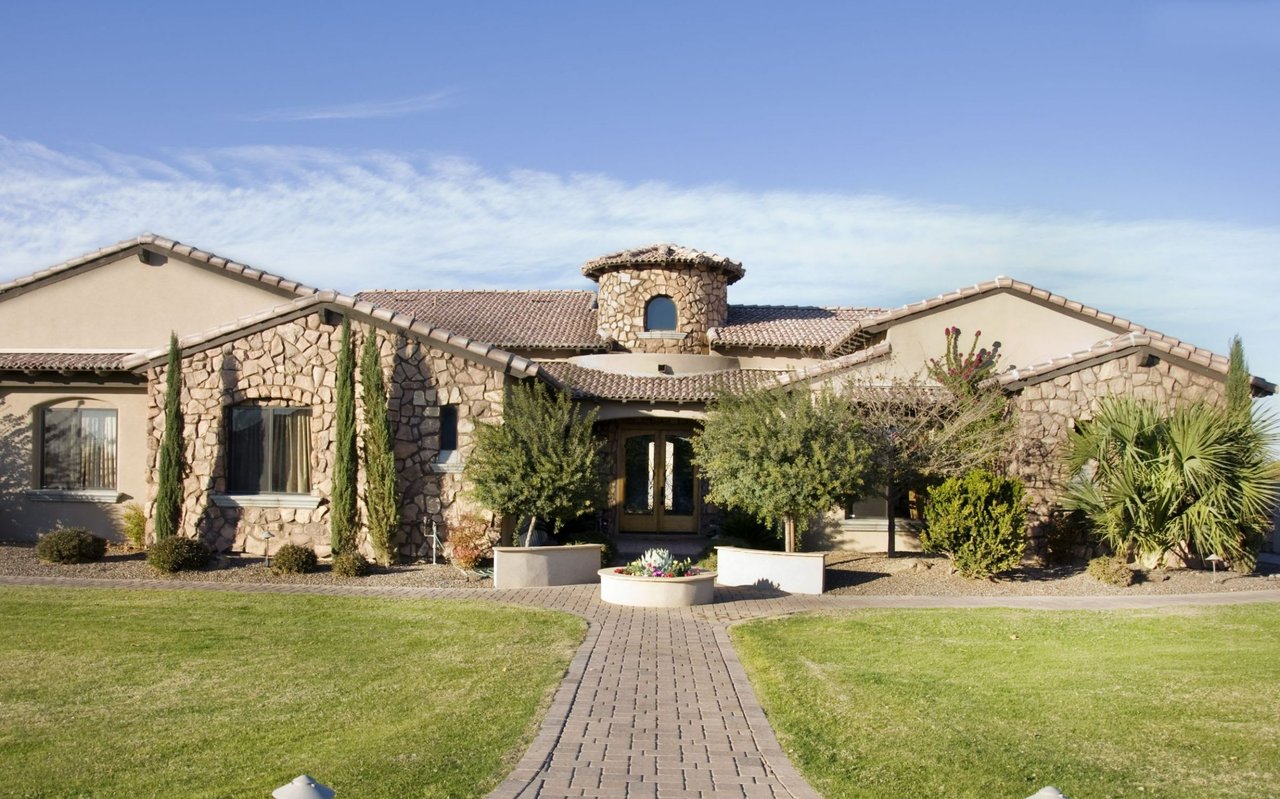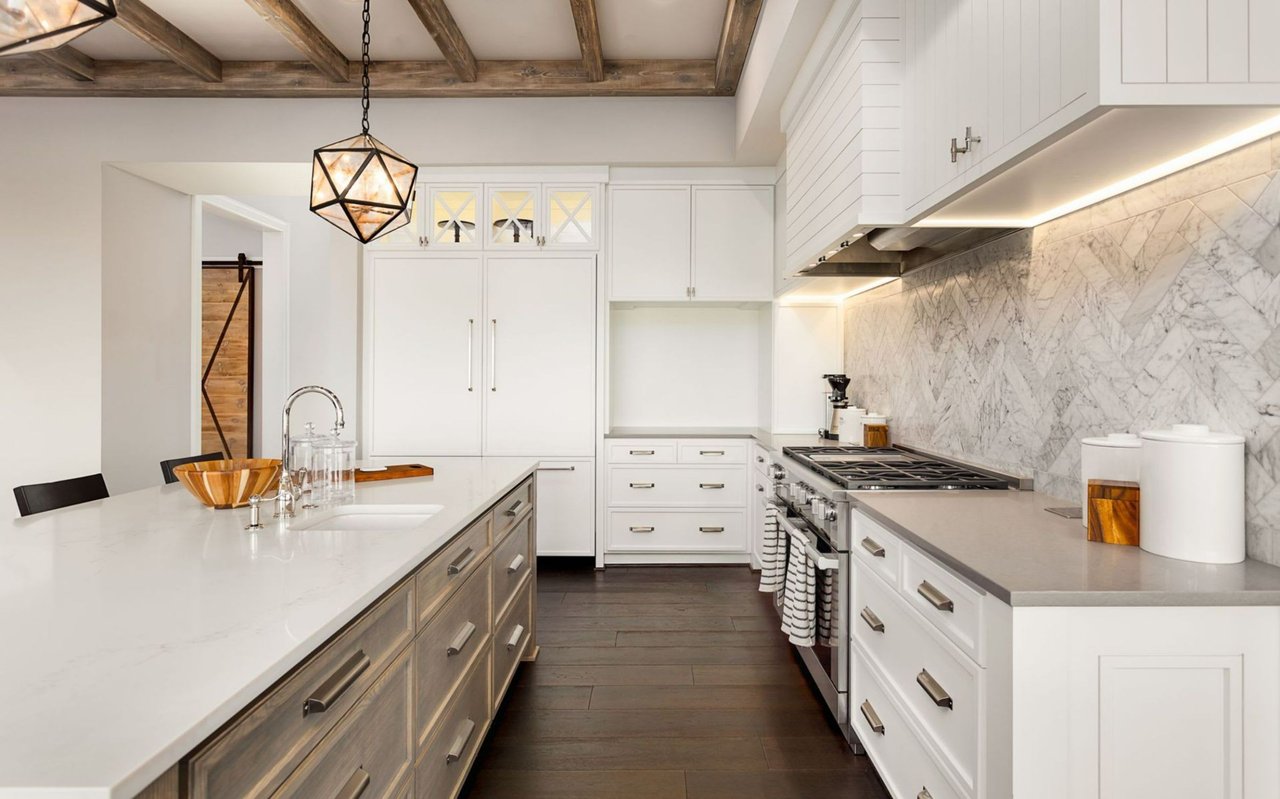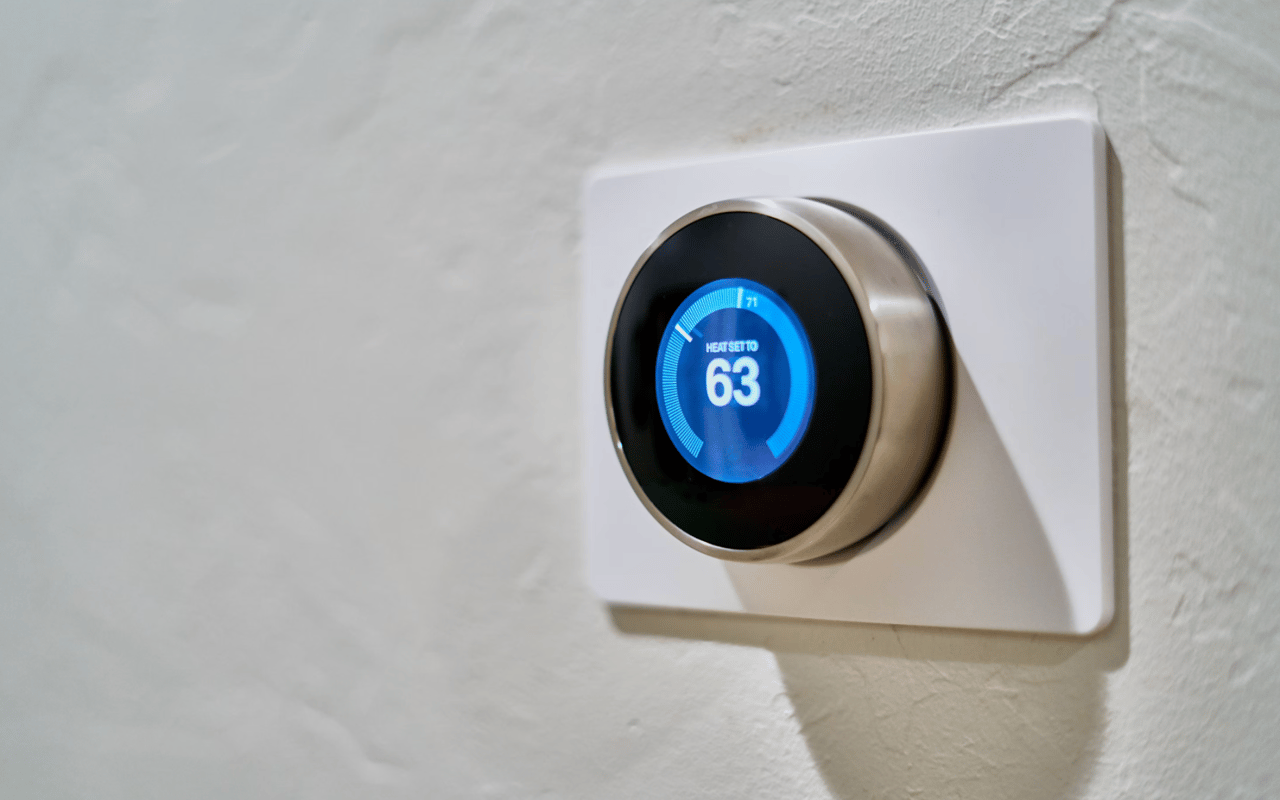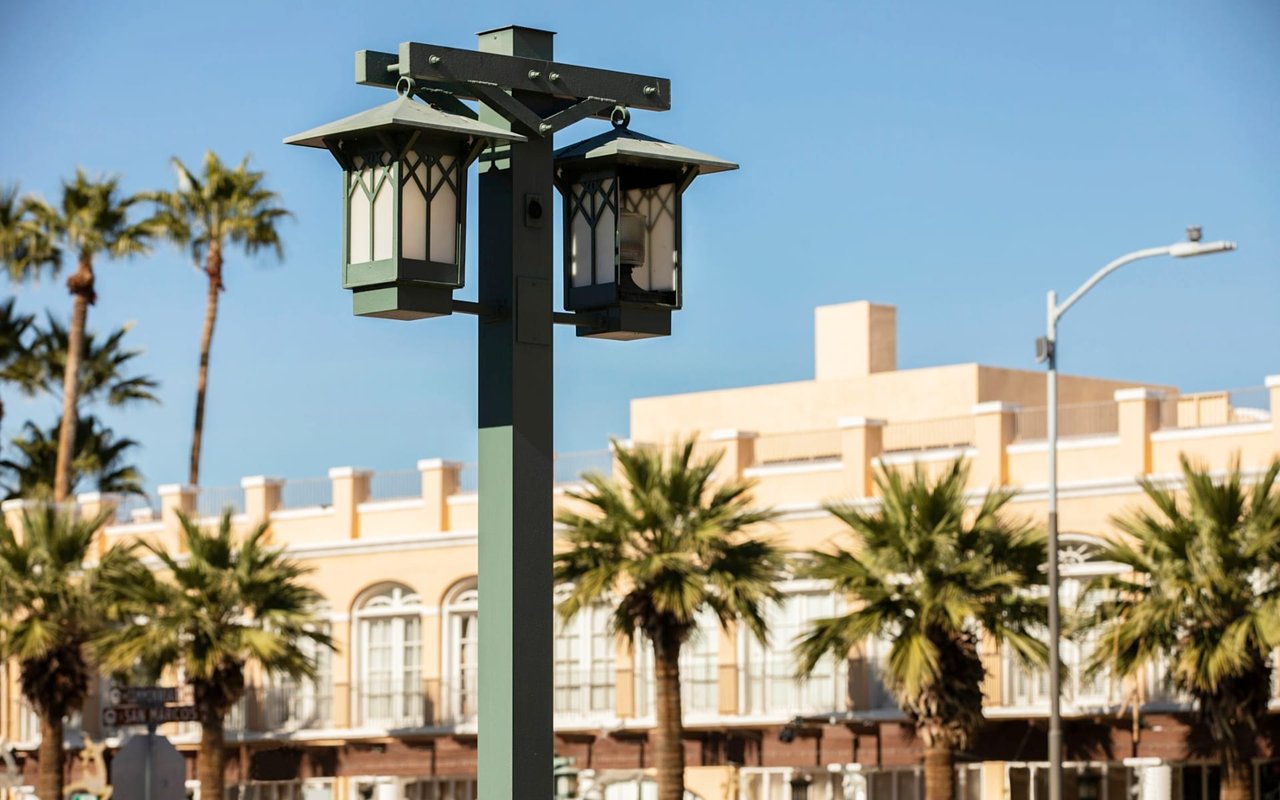When it comes to making your home more energy efficient, the goal is often to reduce energy consumption, lower utility bills, and decrease the overall environmental impact. Many homeowners assume that improving energy efficiency requires costly upgrades or major renovations, but that is not always the case. In fact, there are numerous cost-effective ways to make your house more energy efficient, and most of them are simple, affordable changes that can have an immediate impact. Here are some of the best and most cost-effective ways to enhance your home’s energy efficiency.
1. Seal Gaps and Leaks
Air leaks around windows, doors, and other openings in your home can account for a significant amount of energy loss. Sealing these gaps is one of the most affordable and impactful energy-saving measures you can take. Check areas like the corners of windows and doors, baseboards, and electrical outlets to ensure there are no leaks. A simple application of caulk or weatherstripping can make a huge difference.
Additionally, consider using door sweeps to block drafts under exterior doors. The initial investment in these materials is minimal, but the long-term savings on heating and cooling will quickly add up.
2. Upgrade Your Insulation
Proper insulation is a crucial component of an energy-efficient home. Insulation helps regulate the temperature inside your home, reducing the need for constant heating and cooling. If your attic or walls are under-insulated, it may be time to invest in some affordable upgrades. Blown-in attic insulation can be relatively inexpensive and can significantly improve the comfort and energy efficiency of your home.
For those on a budget, consider adding insulation to areas that have the most impact, like the attic and basement. You may even be able to install some insulation yourself, further reducing costs.
3. Install Programmable Thermostats
A programmable thermostat can help optimize your home’s energy use by automatically adjusting the temperature based on your schedule. For example, you can set the temperature to be cooler while you're away at work or sleeping and warmer when you're home to relax. By doing so, you avoid wasting energy on heating or cooling when it’s not needed, potentially lowering your monthly energy bill.
Some newer models even allow you to control your thermostat remotely via smartphone apps, making it even easier to manage your home’s energy use from anywhere.
4. Switch to Energy-Efficient Appliances
Upgrading your appliances to energy-efficient models can significantly reduce your household's energy consumption. Look for products with the ENERGY STAR label, which indicates that they meet strict energy efficiency standards. While replacing appliances may require some upfront investment, the long-term savings on energy bills will make it worthwhile.
Consider upgrading items like refrigerators, washing machines, dishwashers, and water heaters, which are among the most energy-intensive appliances in the home. You may also want to replace older, inefficient lighting with LED bulbs, which consume far less electricity and have a longer lifespan than incandescent bulbs.
5. Opt for Energy-Efficient Windows
If your windows are old and drafty, they could be a major source of heat loss during the winter and cool air loss during the summer. While replacing windows can be expensive, there are more affordable alternatives to improve their efficiency. For example, adding window film or using thermal curtains can help insulate windows and block drafts.
If you’re ready for a more substantial upgrade, consider installing double-glazed windows. Double-glazing creates an insulating barrier between the two panes of glass, helping to maintain indoor temperatures and reduce energy consumption.
6. Make the Most of Natural Light
One of the most cost-effective ways to reduce your energy use is by maximizing natural light. During the daytime, open curtains and blinds to let in as much sunlight as possible, reducing the need for artificial lighting. In rooms where natural light is limited, consider adding mirrors or light-colored furniture to help reflect and amplify available light.
You can also consider installing skylights or larger windows in areas where additional natural light is desirable. These updates may require some investment, but they can enhance the overall energy efficiency of your home in the long run.
7. Perform Regular Maintenance on HVAC Systems
A well-maintained HVAC system is crucial to keeping your home energy-efficient. Make sure to regularly replace or clean air filters, as dirty filters force your HVAC system to work harder, using more energy. Additionally, schedule annual professional maintenance for your furnace, air conditioning unit, and ducts to ensure everything is running smoothly and efficiently.
Proper maintenance can extend the lifespan of your HVAC system and keep your home at a comfortable temperature without wasting energy.
8. Use Energy-Efficient Landscaping
Your landscaping can play a role in your home’s energy efficiency, too. Planting shade trees around your home can reduce the need for air conditioning by blocking direct sunlight from hitting your walls and windows. Strategically placing shrubs or vines can also serve as windbreaks, protecting your home from cold winds in the winter and helping maintain a more consistent indoor temperature.
Additionally, consider using drought-tolerant plants and native vegetation that require less water and maintenance, reducing your overall environmental footprint.
9. Reduce Hot Water Usage
Heating water is one of the largest energy expenses in the home. To reduce hot water usage, start by fixing leaky faucets and replacing old, inefficient showerheads with low-flow models. You can also adjust your water heater thermostat to a lower temperature (120°F is typically recommended) to prevent energy waste.
For a more advanced solution, consider installing a tankless water heater, which heats water on demand, rather than constantly maintaining a large tank of hot water. This can reduce energy consumption and ensure you always have hot water when you need it.
10. Consider Solar Power
If you’re interested in a long-term, cost-effective solution to energy efficiency, consider installing solar panels on your roof. While the initial cost can be substantial, many homeowners qualify for federal or state tax incentives, making the investment more affordable. Over time, solar panels can significantly lower your energy bills and reduce your dependence on traditional power sources.
For those who may not be ready for a full solar installation, there are other options, such as solar water heaters or solar-powered lighting, which offer some of the benefits of solar energy without the same cost.
Making your home more energy-efficient doesn’t require major renovations or hefty investments. With a few strategic, cost-effective upgrades, you can reduce your energy consumption, save money on utility bills, and contribute to a healthier planet. Whether it’s sealing gaps, upgrading insulation, or installing energy-efficient appliances, there are plenty of simple solutions to enhance your home’s efficiency.
Partner with Celina Acosta
If you’re ready to find a home that’s both beautiful and energy-efficient, reach out to
Celina Acosta for expert real estate guidance. Celina is dedicated to helping you find the perfect property for your needs and budget, with energy-saving tips to guide your homebuying journey. Check out
Scottsdale homes for sale today!


